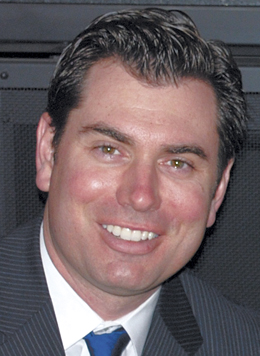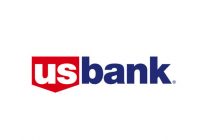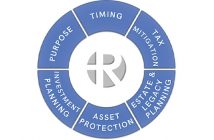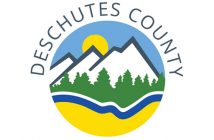
Casino managers (known as the “house”) set rules and control the play of the games in their casino. Casinos make money by having a winning advantage known as the “house edge” built into every game. This edge can vary wildly depending on the game. By playing games with the smallest house edge (craps, for example) and avoiding those with the largest house edge (keno, for example), you can give yourself a better chance of winning. The same is true when selecting mutual funds. Russel Kinnel, director of mutual fund research at Morningstar, wrote, “Investors should make expense ratios a primary test in fund selection. They are still the most dependable predictor of performance.”
Expenses are so important because of an observation Nobel laureate William Sharpe made in his paper The Arithmetic of Active Management. He wrote that the index reflects the performance of the average investor, before costs. Given that the costs of active managers are higher than those of passive mangers, the average active investor must underperform the average passive investor.
A recent article in the Financial Analysts Journal by John Bogle, founder of Vanguard, walked through the magnitude of this expense difference. The easiest expense to observe is the expense ratio, and Bogle found the average active large-stock mutual fund is 1.06 percent more expensive than the comparable Vanguard index fund. This cost, however, is just the start. Active managers tend to trade more than managerswho follow an evidence-based philosophy.
Bogle estimates that actively managed funds incur 0.5 percent per year in additional transactions costs versus a comparable passively managed fund. Another cost is the drag of cash. The funds we recommend are normally fully invested, while active managers tend to hold about 5 percent of their portfolio in cash so they can try and seize on short-term opportunities. Equities have much higher expected returns than cash, and Bogle estimates this cash drag effect costs active managers 0.15 percent per year.
Sales costs are another expense borne by some investors. Loads can take up to 8 percent of the investment up front. For example, an investor would need to spend $100 to buy $92 of a particular fund. The good news is loaded funds are going the way of the dinosaur. Bogle reports that no-load funds now represent nearly half of all mutual fund assets. He also reports that the typical front-end load has dropped from 8 to 5 percent. Bogle estimates that sales loads cost the average investor about 0.5 percent per year. None of the funds we recommend have loads.
Taxable investors incur additional expenses. Each year, mutual funds distribute capital gains that are realized within the portfolio. Investors must then pay taxes on these gains. The funds we recommend are more tax efficient than active funds. To put in relative terms, Bogle estimates tax inefficiency costs active funds an additional 0.45 percent per year.
When you sum up these costs, an active investor must outperform an evidence-based investor by 2.66 percent per year before costs just to break even after costs. Of course, an active investor may be willing to live with this in return for the possibility to outperform. We don’t think this is a prudent line of thinking when saving for your retirement. In fact, Sharpe calculated that someone who saved for retirement using low-cost funds would have a standard of living in retirement that is 20 percent higher than someone who saved in high-cost funds. We will continue to use low-cost funds that give you the best chance of achieving your retirement goals.
Jeff Griswold, CPWA, president and wealth Advisor, Merit Wealth Management LLC, 404 SW Columbia Street, Suite 214, Bend, OR 97702. 888-516-3748, Jeff@meritwealth.com, www.meritwealth.com.





